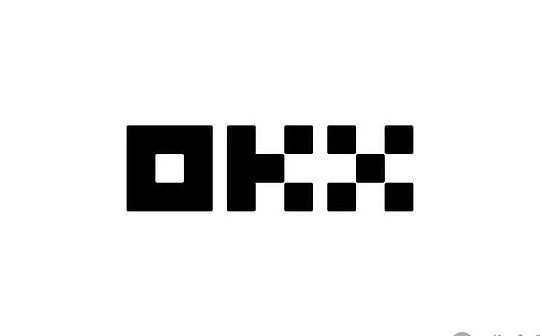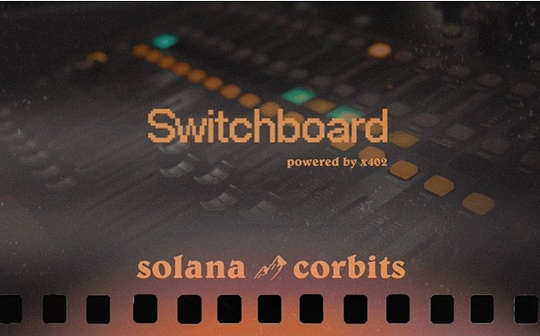
introduction:
The Web3 industry is developing too fast, and new things appear every day.Therefore, a lot of daily thoughts are worth recording.
1. OKX’s backdoor evolution strategy
It is a big trend to transfer off-chain transactions to the on-chain, and CEX (centralized exchanges) is transforming into DEX (decentralized exchanges), so major exchanges are doing Web3 wallets and DEXs.
But OKX adopts a “backbone evolution” strategy rather than creating a standalone DEX application or Web3 wallet.
The CEX in OKX is gradually weakened and DEX is gradually strengthened. So can OKX finally complete the evolution of backdoor acquisition?
In other words, the application of OKX has always been the same, but the positioning has changed from the original CEX to the DEX, gradually transitioning from CEX to DEX, and finally completing the “stolen pillar replacement”.
The advantage of this backdoor evolution strategy is that OKX can utilize its existing user base and brand awareness, while gradually guiding users to experience decentralized transaction capabilities.
Users can experience and DEX’s advantages on the same platform, reducing the cost of learning and adapting to new models.
And for OKX, a single platform update and maintenance is more cost-effective and efficient than managing two independent applications.
2. CEX and DEX are being merged
At present, OKX is still in the transition period, CEX is very mature, and DEX is developing rapidly. At this time, the two are no longer clearly distinguished, but are integrated with each other.
The most direct manifestation is that CEX and DEX are no longer completely divided into two global mode switching, and many functions are beginning to be opened.
For example, the function of DEX tokens can be searched in the recently launched CEX: you can directly search for tokens without the stock in the OKX exchange, and jump to DEX for trading very simply.
This directly provides OKX exchange users with more than 10 million tokens for trading, breaking the token number limit on the original exchange.
Moreover, connecting CEX and DEX can allow exchange users to enter Web3 more smoothly.
Of course, the integration of this function requires grasping the scenario and timing, otherwise the blurred boundaries between CEX and DEX may lead to confusion in the user experience, especially some users are not familiar with the concept of decentralization.
3. Higher dimension: CeDeFi
The convergence of CEX (centralized exchange) and DEX (decentralized exchange) can be regarded as the embodiment of CeDeFi (Centralized Decentralized Finance).
CeDeFi itself is a concept that attempts to combine the advantages of centralized and decentralized finance.
CeDeFi offers an intermediate choice for users who want to enter the DeFi field but are reluctant to face the complexity of purely decentralized systems.
OKX is practicing this fusion by integrating CEX and DEX capabilities on its platform.
In OKX’s strategy, users can not only conduct centralized transactions on one platform, but also conduct decentralized transactions equally conveniently.
This approach is the core idea of CeDeFi, that is, users can experience centralized convenience (such as higher liquidity, faster transaction speed) and decentralized freedom (such as independent control of assets).
However, it should be noted that CeDeFi is not a completely decentralized system. It still retains certain centralized features, such as user identity verification, exchange operation and management, etc.
This model of OKX provides users with an open platform that has both the convenience of a centralized exchange and the openness of a decentralized exchange through this integration.
CeDeFi represents a potential future direction in the financial world. OKX has done a very high-end job with its advantages in Web3 (DEX and wallet) and is worth learning from Web3 players.








